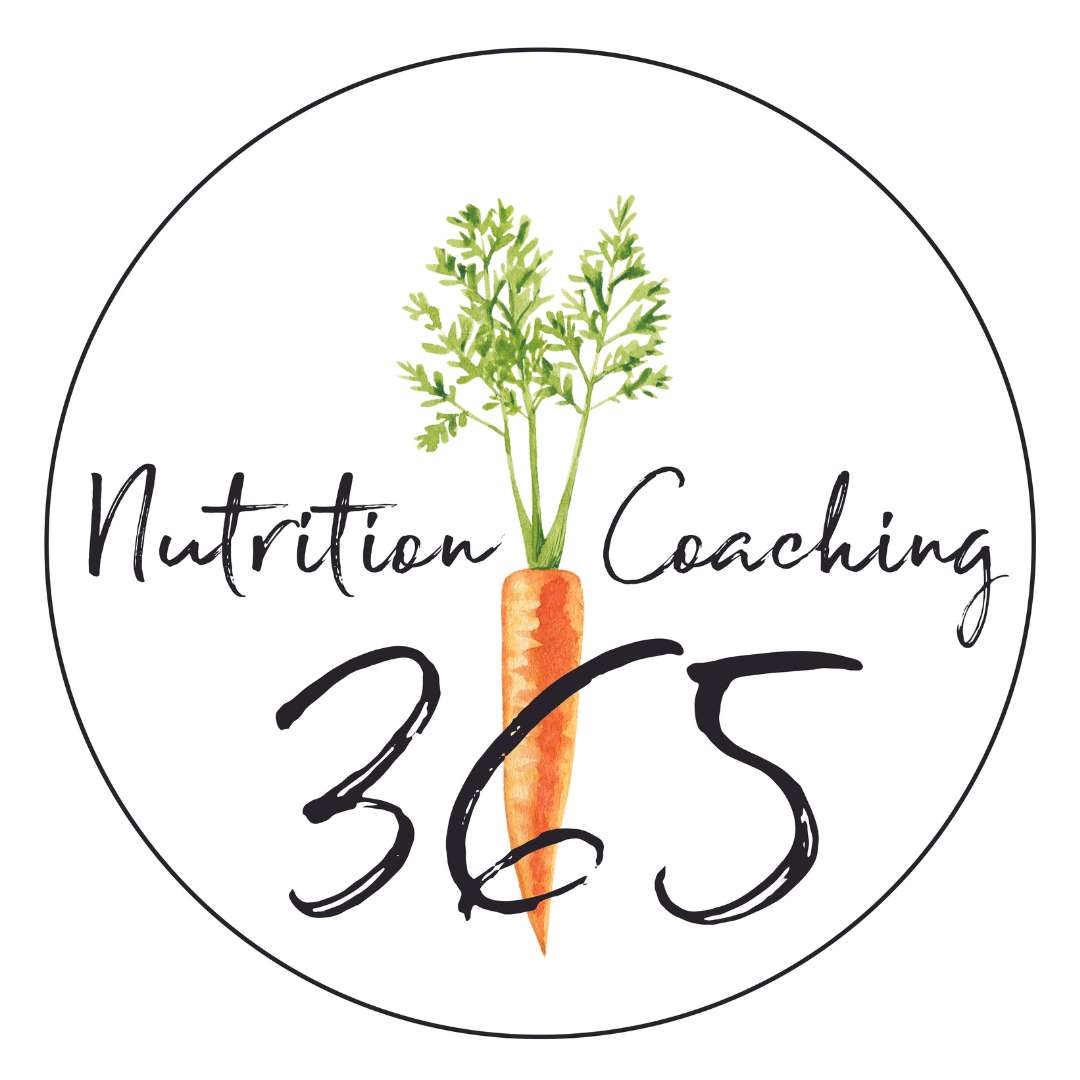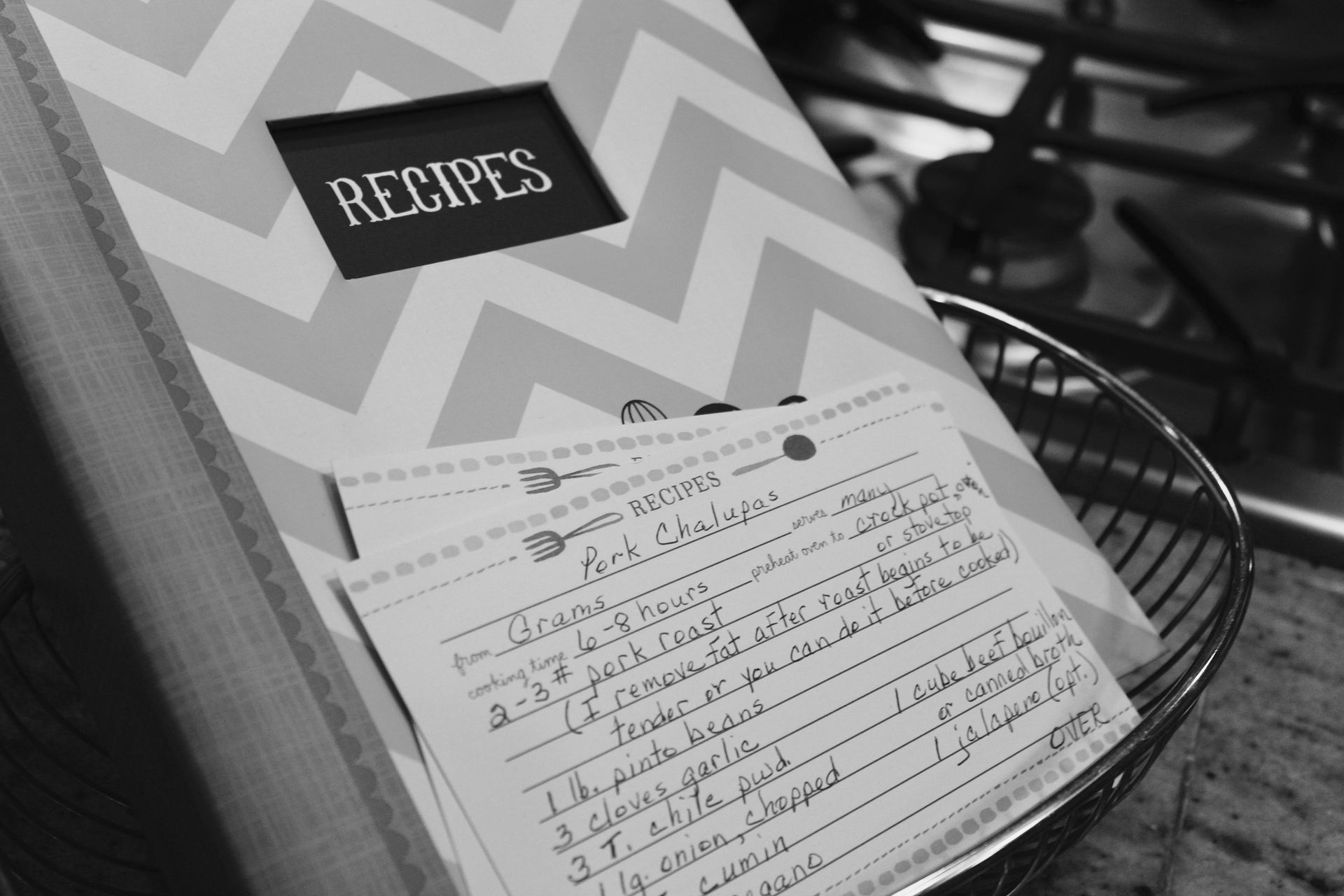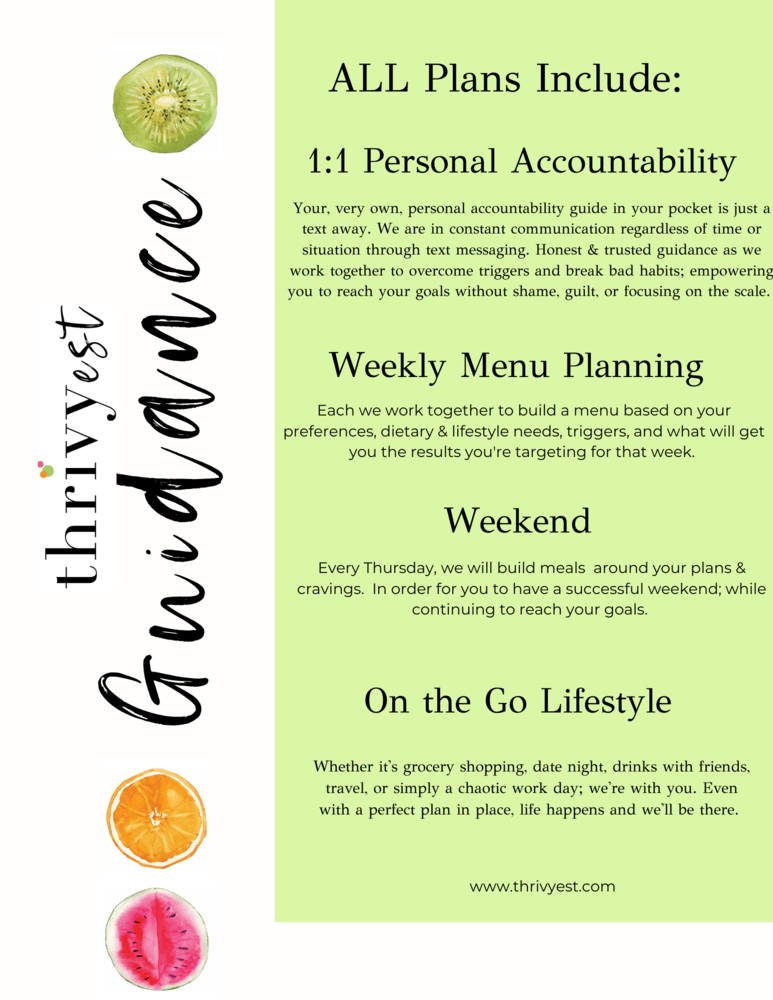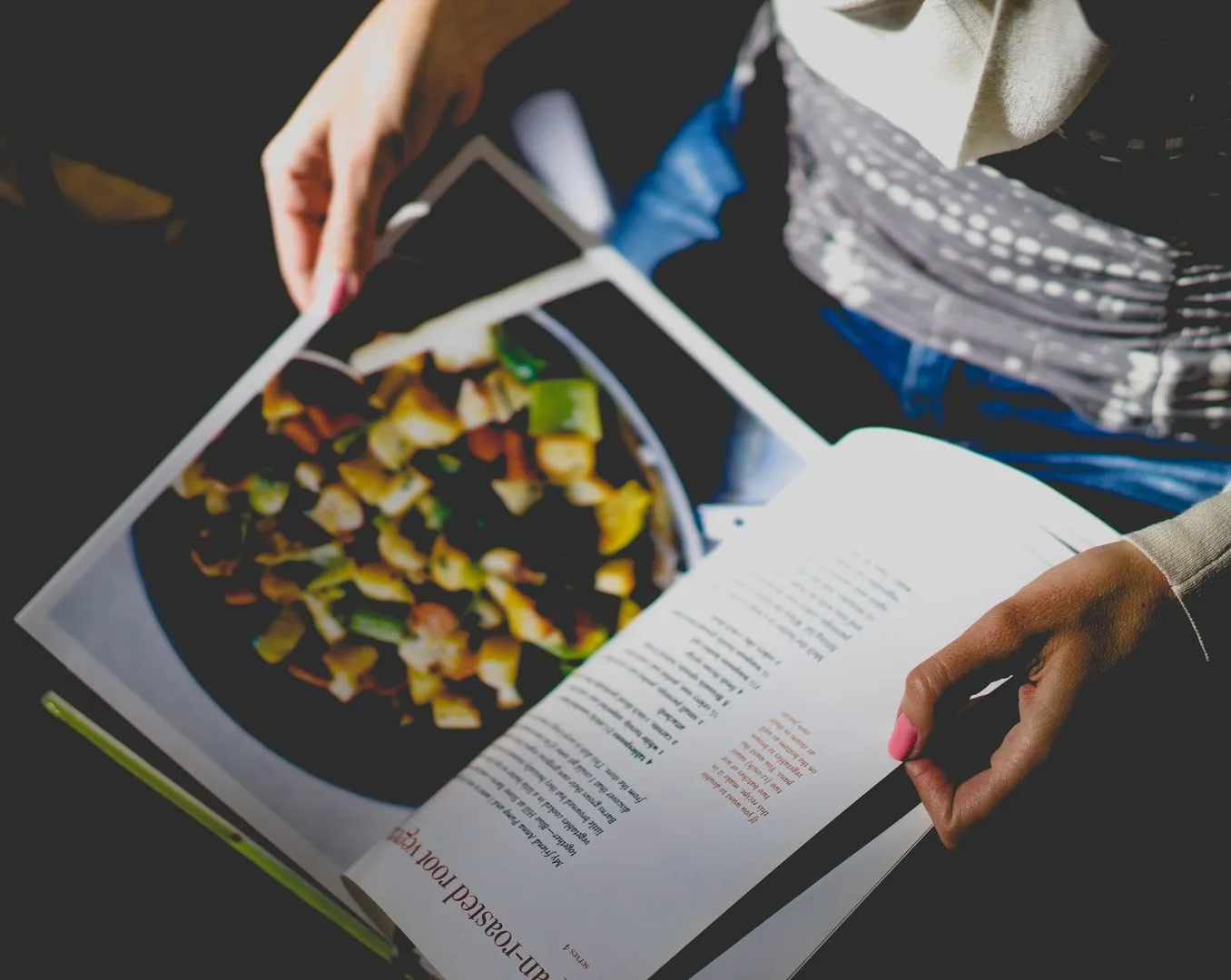How to Break the Mindless TV Snacking Habit and Conquer Evening Cravings
How to Break the Mindless TV Snacking Habit and Conquer Evening Cravings
Have you ever found yourself halfway through a bag of chips while watching your favorite TV show, only to realize you weren’t even hungry? Mindless snacking, especially in the evening, is a habit that many women struggle with. Whether you’re a busy working mom, an empty-nester adapting to more time at home, or a retiree with an active social life, reaching for snacks while watching TV can quickly sabotage your health goals.
Let's explore how this common habit forms, why it’s so difficult to break, and, most importantly, practical tips to help you regain control of your evenings and develop healthier routines.
Recognizing the TV Snacking Trap
Mindless eating occurs when we eat without paying attention to our body’s hunger signals. This often happens while we’re distracted, such as when we watch TV or scroll through social media. It’s easy to overeat because we’re not fully present with what we’re consuming. For many women, this habit surfaces in the evening after a long, stressful day when relaxation and winding down feel like a well-deserved reward.
But here's the key problem: mindless eating isn't about hunger. Instead, it's usually about habit or emotions. For example, stress, boredom, and fatigue are common triggers for reaching for a snack without thinking. Let’s look at how this habit shows up in the lives of three different women.
Real-Life Examples of Evening Snacking Habits
- Jenna, The Busy Working Mom: After working all day and caring for her kids, Jenna finally gets some downtime after they go to bed. She plops on the couch, puts on her favorite show, and grabs a snack as a reward for making it through another hectic day. For Jenna, it’s become a routine—watch TV, eat snacks, and relax.
- Marie, The Work-From-Home Empty-Nester: Marie’s days are quieter now that her kids have moved out, and she finds herself working from home in a more sedentary environment. In the evenings, she feels restless and heads to the pantry during movie night with her husband, not out of hunger but simply because it’s become part of their routine.
- Linda, The Active Retiree: Linda leads a busy social life, but on nights when she stays in, she finds herself feeling a bit lonely. Snacking fills the time as she unwinds in front of the TV, even though she’s already had a healthy dinner. It’s a way to combat that feeling of quiet solitude, and before she knows it, she’s eaten more than she intended.
In all these examples, snacking isn't driven by hunger, but rather by emotions or routine. Understanding the root cause is the first step to breaking free from this habit.
Why Breaking the Habit Is So Hard
Several factors make it difficult to kick the TV snacking habit:
- Conditioned Responses: Your brain associates TV time with snacks, turning it into a routine that’s hard to break.
- Emotional Triggers: After a long, tiring day, eating offers a quick emotional lift, thanks to the brain’s release of dopamine.
- Mindless Distraction: When you’re focused on the TV, you’re not paying attention to how much or why you’re eating, leading to overeating.
Understanding why this habit forms can help you create new strategies to tackle it effectively.
Tips to Break the TV Snacking Habit
Fortunately, breaking the cycle of mindless eating during TV time is possible with intentional strategies. Here are several tips to help you get started:
1. Identify Your Triggers
Take a moment to consider what triggers your evening snacking. Are you actually hungry, or are you feeling stressed, tired, or bored? Recognizing these emotional cues is the first step in breaking the habit. Keep a journal for a week, noting when you snack and what’s happening at that time. You’ll likely see a pattern emerge.
2. Replace the Habit with Healthier Alternatives
Once you identify your triggers, you can begin replacing the habit with healthier activities. For example:
- If you snack out of boredom, engage in a hobby or read a book instead of watching TV.
- If stress drives your cravings, try stress-relief techniques like meditation, light stretching, or deep breathing exercises.
3. Incorporate Micro-Habits
A great tip from Liz Moody’s "100 Ways to Change Your Life" is to integrate micro-habits into your daily routine to prevent fatigue and stress from triggering evening cravings. For example, starting your day with a 5-10 minute circadian walk—getting outside to expose your body to natural sunlight without sunglasses—helps regulate your sleep cycle, improves mental health, and boosts energy levels throughout the day. When your energy levels are balanced, you're less likely to reach for snacks as a quick fix for tiredness at night.By incorporating simple but impactful habits like this, you can address the root causes of evening cravings and avoid mindless snacking.
4. Create a Structured Evening Routine
Establishing a structured evening routine can help reduce the temptation to snack. For instance, after dinner, go for a short walk, prepare for the next day, or set a specific time for TV watching without food.
5. Practice Mindful Eating
When you do eat, make it intentional. Before reaching for a snack, ask yourself whether you're truly hungry. If you decide to snack, serve yourself a portion on a small plate and focus on the experience of eating. Pay attention to the taste, texture, and aroma of your food, and stop when you feel satisfied.
6. Stay Hydrated
Sometimes, thirst is mistaken for hunger. Drink water throughout the evening, and if you still feel the urge to snack, try drinking a glass of water first to see if the craving subsides.
7. Choose Healthy Snacks
If you find that you still want a snack in the evening, make sure it's a healthy option. Reach for nutrient-dense choices like:
- Apple slices with string cheese
- Greek yogurt with berries
- Air-popped popcorn
- Raw veggies with hummus
These snacks are satisfying without sabotaging your health goals.
8. Get Enough Sleep
Lack of sleep can increase cravings and lead to overeating. Make sure you’re getting enough rest, as it plays a huge role in regulating hunger hormones like leptin and ghrelin. When you're well-rested, you're less likely to reach for food as a source of energy in the evenings.
Coaching and Accountability:
A Game-Changer for Women
Breaking ingrained habits isn’t always easy, and sometimes having guidance can make all the difference. Working with a coach can provide the accountability and personalized strategies needed to identify your emotional triggers and replace snacking with healthier routines.
At the end of the day, it’s about creating a new normal for your evenings—one that doesn’t revolve around food. Whether you’re a busy mom, an empty-nester, or a retiree, one-on-one coaching can help you stay focused on your goals and make lasting changes.
Final Thoughts
The habit of mindless eating while watching TV is a challenge for many women, but it doesn’t have to control your evenings. By understanding the triggers behind your cravings and implementing strategies like mindful eating, hydration, structured routines, and micro-habits, you can break free from the cycle of mindless snacking and develop healthier habits that align with your goals.
If you’re ready to take the next step, consider one-on-one coaching to help you identify your triggers and build a healthier evening routine. The key is awareness, intentional action, and support—tools that will empower you to make lasting changes.
I would love for you to join me. Simple meal planning, 1:1 personal plan, weekly coaching calls, direct access to me, personalized habit tracking app. Please note: this is a ZERP pressure process, applying or booking a call does NOT commit you to anything, this is your time to learn more about me, the program, and get some tips for your nutrition, weight loss, & health journey.
YOU ARE CAPABLE OF LIVING YOUR HEALTHIEST & HAPPIEST LIFE.
If you’re looking to create healthy habits to gain more energy, improve your sleep + shed a few pounds, you’ve landed in the right place.
Recent Posts
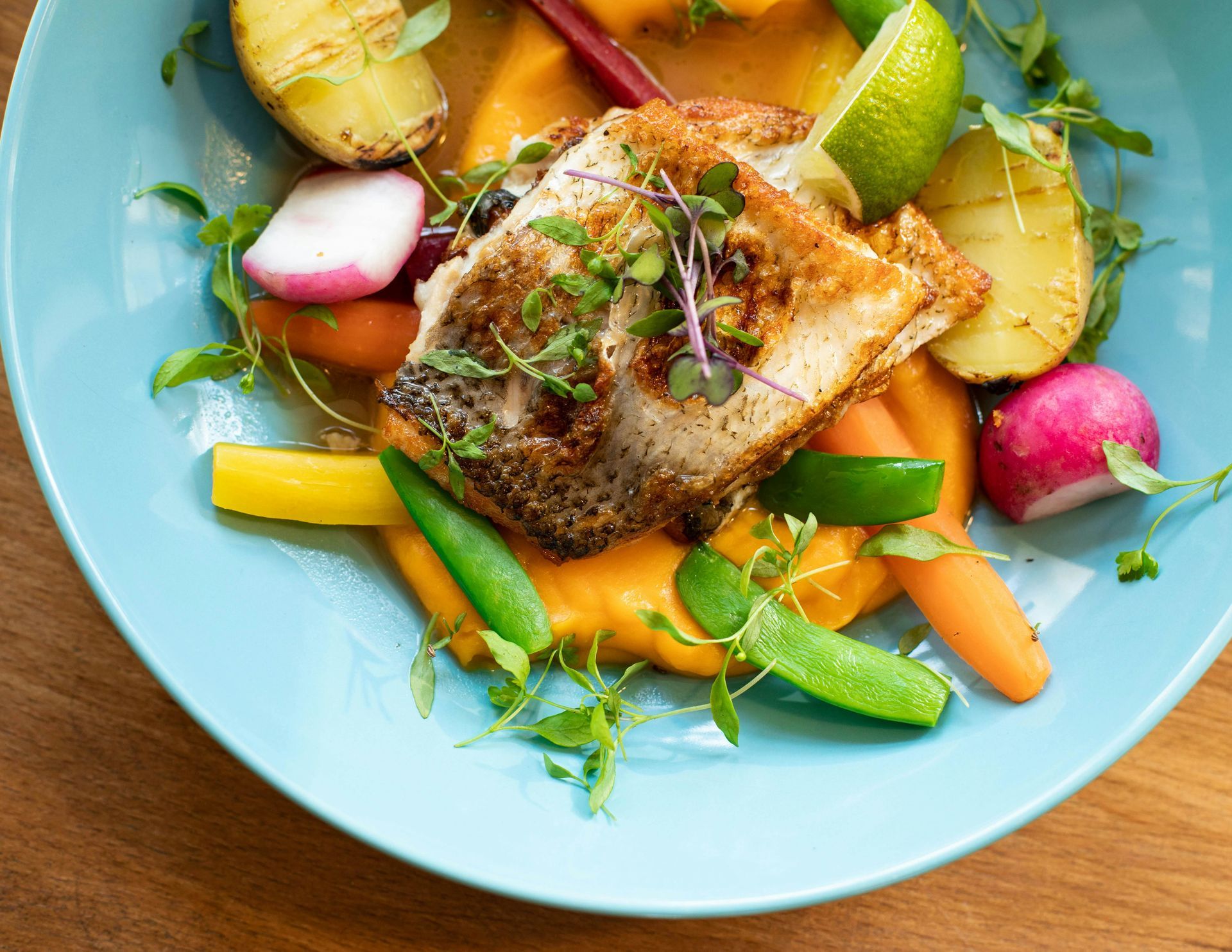
Meet Emily
I love encouraging + inspiring others to reach their healthiest lives through food, fitness + gratitude. As a holistic nutritionist + the founder of Thrivyest, I am passionate about creating habits to help you to live longer + thrive. To thrive in body, mind + soul through personalized, simple + practical steps ensuring you gain more energy, clarity + confidence! Let's connect!
